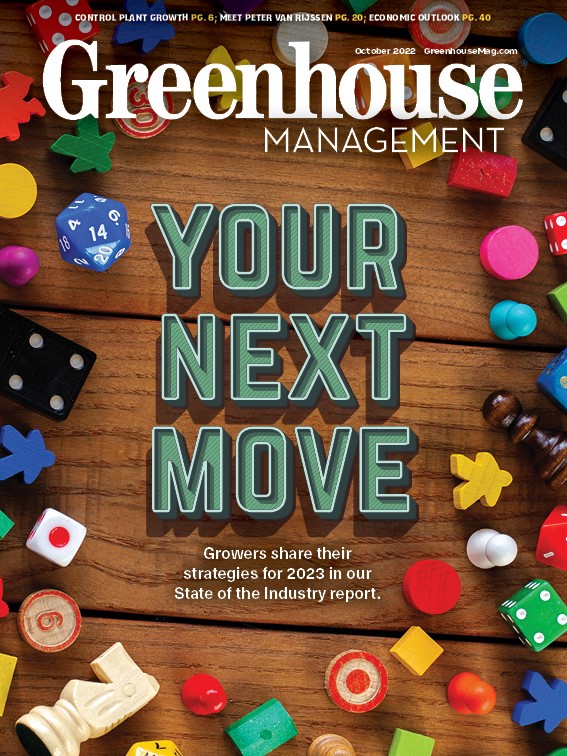

Greenhouse Management: How do you and your team approach marketing?
Jessie Jacobson: A big part of marketing starts with branding, so we’ve invested a lot of time over the years in honing in on our brand and also the customer experience when they were in the store. We rely heavily on social media and email as our two primary strategies. We plan a content calendar for each month and it includes the items we will focus on and feature. That includes two blogs per week, one video — usually a how-to video or something pertinent to a current trend or an in-season product. With social media, we have really excellent photography for static posts, and then we’ve been getting into doing reels [on Instagram] multiple times per week. It could be something fun or funny. It could be a new shipment of plants, so an unboxing. It could be seasonal or colorful and try to use trending sounds and reels people are going to pay attention to.
GM: What was the impetus for Tonkadale to take the step to invest in marketing and begin doing that work?
JJ: It didn’t all happen overnight. The first thing we started with was email marketing and then blog writing, so I think originally our emails really focused on our blog and the events we were having. It grew to include social media, and we hired someone to manage our social media content and also do the photography. They also do product photography for our online store, which was really important for the online shopping, curbside pickup in the COVID era. … In house, we also now have a media specialist who does video editing, website maintenance, blog posts and any graphics we need. We actually have another person who does web development on a contractor basis — right now, she’s developing a video page so our videos can be housed on our website vs. having to use an external site like YouTube. It just kind of has grown over time — adding this, adding that. Right now, we are at a fork in the road where we are examining what are the most effective strategies.
GM: How did you guys approach pricing during the COVID era?
JJ: We know what markup we need to get for certain items and certain categories. Maintaining our margin or making our margin larger has been very important in what I talk to our staff about because even if something goes up by 25 cents, it’s important to see how that affects your margin and making sure you’re getting the full markup on products we bring in. And if we can’t, maybe we consider an alternative item, simplify that category or, if we have to take a lesser margin on one thing, we need to take a greater margin on something else. It’s not just about raising prices across the board — it’s about maintaining your margin. With certain items, maybe your margin is three times, maybe it’s two and a half times, maybe it’s two times. It just depends on the category, but it also depends on the perceived value of the item. Maybe there’s a plant you usually mark up three times, but this specific one is unique and in high demand, so maybe you round to the next price point or mark it higher because you know you’ll have to mark a few other things lower.

Explore the October 2022 Issue
Check out more from this issue and find you next story to read.
Latest from Greenhouse Management
- Landmark Plastic celebrates 40 years
- CropLife applauds introduction of Miscellaneous Tariff Bill
- Greenhouse 101 starts June 3
- Proven Winners introduces more than 100 new varieties for 2025
- UF/IFAS researchers work to make beer hops a Florida crop
- CIOPORA appoints Micaela Filippo as vice secretary-general
- Passion grows progress
- Registration opens for Darwin Perennials Day





